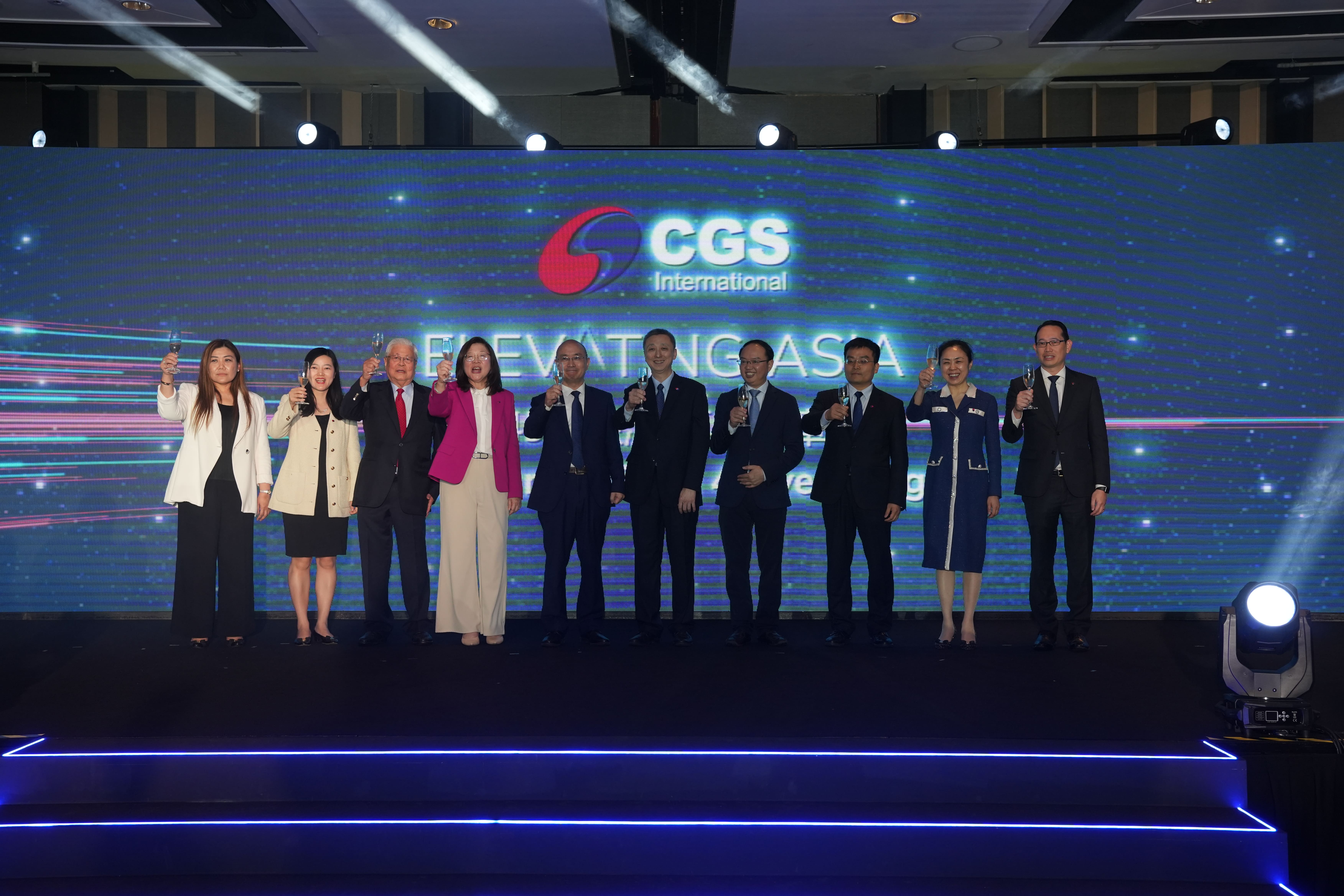Shenzhen is taking the lead in China’s efforts to attract foreign capital and deploy cross-border investments. Two investment schemes have been enhanced to attract more foreign firms to set up business in the city.
On April 30, the reformed Qualified Domestic Investment Enterprise (QDIE) scheme was announced. “The restriction on asset managers applying for QDIE is relaxed – now both foreign and domestic entities can apply,” says Sandra Lv, partner at Hong Kong-based Llinks Law Offices, at the recent Shenzhen Stock Exchange Global Investor Service Week.
Under the new rules, QDIE funds can be invested not only in secondary markets overseas but also in private equity and derivatives issued overseas. “This is a significant expansion in terms of the asset classes allowed under QDIE,” says Lv.
Also, late last year the QDIE quota in Shenzhen was increased to US$10 billion from US$5 billion previously. “With the increased quota and the relaxed regulation, the QDIE scheme in Shenzhen is expected to include more participants,” she notes.
In February 2021, the Shenzhen Qualified Foreign Limited Partnership (QFLP) regulation was updated to expand the asset classes allowed under this investment scheme. “The reformed QFLP scheme is more attractive to foreign capital,” Lv says.
“There are about 14 cities that have rolled out the QFLP scheme, but Shenzhen is one of the first to implement it in China. Therefore, the city has gained more experience, and the regulation has been evolving together with the market development.”
Since Shenzhen launched QFLP in 2012, a total of 192 foreign-funded equity investment enterprises (including funds) with combined capital of US$5.45 billion have been registered in the city.
A rule preventing QFLP managers from investing in fund of funds has been removed. In addition to private equity, managers are now allowed to invest in the non-public issuance and trading of the common stocks of listed companies, such as private placements and block trades.
“This enables the QFLP managers to have more choices and flexibility to manage the assets,” Lv says.
Shenzhen also aims to attract more participants to the wholly foreign-owned enterprise private fund management (WFOE PFM) scheme, with supportive policies being rolled out this year.
“Hong Kong asset managers particularly favour the WFOE PFM policy in Shenzhen, as the restriction on applicants is relatively more relaxed. Plus, the Greater Bay Area programme is getting the market more confident and providing more opportunities to the region,” she adds.









